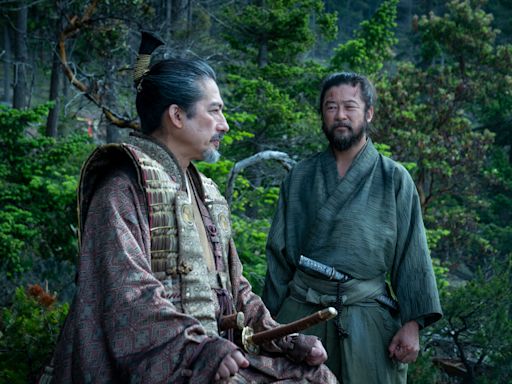Search results
Summary. Everywhere across European and Indigenous settlements in 17th- and 18th-century North America and the Caribbean, the law or legal practices shaped women’s status and conditioned their dependency, regardless of race, age, marital status, or place of birth.
May 29, 2019 · Working Life of Women in the Seventeenth Century. London: Routledge, 2010. Originally published in 1919. Multiple reprints. Clark’s groundbreaking work examines working women in England in the Early Modern era.
Women in the Renaissance were defined in three ways; by their family status, as a wife, sister or mother; by their morality, as a saint or witch and most importantly for this point, by their sexuality, as a virgin or a whore. Later Ferdinand again questions Miranda’s honour, ‘O, if a virgin….
Oct 12, 2023 · Some women did overcome these obstacles, and many others, such as male prejudice against their intellectual capabilities and unfounded suspicions over the value and integrity of their research. 17th-century women who made their mark in the fields of astronomy, natural philosophy, and biology include Maria Cunitz, Margaret Cavendish, Maria ...
May 28, 2017 · Updated on May 28, 2017. As Renaissance humanism opened up individual opportunities for education, growth, and achievement, a few women transcended gender role expectations. Some of these women learned to paint in their fathers' workshops and others were noble women whose advantages in life included the ability to learn and practice the arts.
Jul 29, 2020 · Gender and Art in the 17th Century is a large and growing theme in art historical research, as aspects of the lives of men and women in that Golden Age are routinely revealing more information and prompting additional questions of gender’s relationship to art—production, patronage, purchase, viewing, placement, and subject matter.
Jul 1, 2013 · This chapter, which examines the conception of equality and women's freedom in the field of philosophy in Great Britain during the seventeenth century, analyzes the works of Margaret Cavendish, Duchess of Newcastle and Mary Astell, who wrote about feminist issues, the nature of liberty, and equality for women.

